To cite this Journal article: Gale, J. (2011). Eating Disorders: A search for Wholeness. The CAPA Quarterly, Journal of the Counsellors and Psychotherapists Association of NSW (4)pp. 14-17, retrieved from https://jodiegale.com/eating-disorders-a-search-for-wholeness/ (updated 2011 & 2012)
Eating Disorders: A Search for Wholeness
‘At the heart of every eating disorder, whether it is compulsive eating, bulimia or anorexia, there is a cry from the deepest part of our souls that must be heard. It is a cry to awaken, to embrace our whole selves… It is a cry to deepen our understanding of who we really are. It is a longing to know ourselves in mind, body and spirit’ (Normandi & Roark 1998: 119).
In psychosynthesis—the holistic, integrative and psychospiritual approach that I draw upon—eating disorders are understood as a process addiction whereby the person, often but not always a woman, is “caught in a compulsive pattern that seeks to establish self-worth in the face of worthlessness” (Firman & Gila 1997). While historically women have outpaced men in the development of eating disorders, men are catching up. Mission Australia’s largest youth survey to date reports that one in three females and one in four males cite body image as their number one personal concern (2010, cited in Butterfly Foundation 2011). My own work focuses on women.
From the psychosynthesis perspective, food addiction, disordered eating and eating disorders are a complex way of managing biographical, existential and spiritual crises (Gale 2008, 2010), all of which are seen as having a spiritual context lying at heart of them. Exploring the spiritual dimension is associated with better healing outcomes as spiritual issues are significant in both the etiology and recovery of eating disorders (Richards, Hardman, & Berrett 2006). Holding a spiritual context is by no means a new idea; however, it is still neglected and at times misunderstood.
Spirituality can be understood in the following ways (Richards, et al. 2006; Southard 2010):
• oneness or relationship with God, spirit, nature, the land or the universe
• expansion of identity, enlightenment or transcendence
• identification with transpersonal qualities such as harmony, love, gratitude, connectedness or hope
• search for the sacred
• life energy or essence
• pursuit of value, meaning and purpose in life.
Holding a psychospiritual context, the psyche, in Latin meaning the soul, consists of body, feelings, mind, sexuality and spirituality. Therefore, eating disorders are classed as ‘soul sickness’, not as diseases, mental or psychiatric illness: all terms used within the medical model. The person’s symptoms are sought to be understood as a call from the higher or spiritual Self towards growth and wholeness. In Women, Food & God, Geneen Roth (2010) suggests that a woman suffering with an eating disorder is attempting to fix something that has never been broken—our job as therapists is to provide a therapeutic environment where she is free to discover and awaken to her wholeness.
A History of Eating Disorders and Psychopathology
Throughout history, eating and starving have been associated with religious and spiritual experiences. In Ayurvedic texts—flexibility, breathing and diet were seen as essential for controlling the mind and emotions. Fasting saints were regarded as miracles and their ability to survive without food as a sign of their holiness. In secret however, many of them were caught out sneaking to the kitchen, gorging on food, and were found to be hiding meat and salt under their beds. Starving has been used by those wishing to express Christ’s suffering, avoiding demonic food to ward off danger and to allow dreams and visions of higher meaning to enter (Vandereycken & van Deth 1994). To this day, religious beliefs inform regulations around food; some Christians eating fish rather than other flesh foods on a Friday, some Buddhists’ avoidance of killing and eating animals, and Muslims’ daytime fasting during Ramadan. Eating disorders are not new phenomena. Bingeing and bulimia—from the Latin, ‘boulimia’, meaning ‘ox-hunger’—were practiced by wealthy Romans and Greeks. Having gorged on feasts, they would tickle their throats with feathers to make way for more feasting. A kind of ‘Cabbage Soup Diet’, was used to cure scurvy in the Roman era, and Hippocrates often spoke of a cure for obesity suggesting an olden day version of the ‘Atkins Diet’, slimming exercises, and punitive measures such as sleeping on hard beds (Vandereycken & van Deth 1994).
During the 18th century, bewitchment and demonic possession were seen as popular causes for starving and purging. Increasingly though, Satan was no longer blamed, as a medical, physiological and pathological approach emerged. Rather than starving, many religiously inspired women turned to teaching, charity and care as an alternative (Vandereycken & van Deth 1994). Where women’s curvaceous bodies were at times admired by artists such as Rubens, Botticelli and Leonardo—and viewed as wealthy and fertile if they were obese—by the late 19th century, the middle classes were erring towards an emaciated look. The science of dietetics dictated basic nutritional standards and the body became just one more soulless machine (Lowe 2008).
Food has long been associated with social rituals, communication, identity, class, status and power. Increasingly, people’s relationship to food was linked with moral meaning. In the Victorian era, strict rules and manners—punishing, withholding and controlling methods—were increasingly used as a form of oppression of women’s sexuality. Women were often punished by force-feeding or being given no supper at all (Vandereycken & Van Deth 1994).
As medical sciences became common practice, eating disorders were increasingly seen as pathological. In the late 19th century, the psychodynamic perspective on secret eating and food stealing was suggested as being an expression of impulsiveness, ambivalence or rebelliousness (Vandereycken & van Deth 1994). Freud was not terribly interested in eating disorders, although he noted that a loss of appetite equalled a loss of libido. By the late 1800s, women with eating disorders were diagnosed as hysterical and insane. Photography and magazines materialised and, amusingly to customers, weighing scales emerged in public places around this time. Mirrors became ubiquitous household objects: “They became critical judges and silent witnesses with which women had a dialogue of delight or dismay” (Vandereycken & van Deth 1994: 213).
At the turn of the 20th century, the “battle against fatness had started, obesity was the enemy and the physician had the weapons” (Vandereycken & van Deth 1994: 211-212). By the late twenties, fatness was completely out of fashion, and magazines were exploiting thin women. The biological view had been most prevalent until this time—largely interested in metabolic and hormonal disturbances. More recently, the stomach has been thought of as a second brain, with disturbances in the gut linked to depression (Pallardy 2006) and, in the brain itself, serotonin levels may create a physiological vulnerability for eating disorders (Richards, et al. 2006).
Subsequent to biological dominance, the psychoanalytic view dominated theories around eating disorders; in psychiatry, it still does. Wulff (1932) described bulimia as an “oral symptom complex” in which the patient regressed to obtain a “pure oral erotic satisfaction … almost a sexual perversion” (Barton, Blinder, Karin, & Chao 2001). The women were seen to be afraid of their female growth and sexual maturation, their development hampered in order to lead a physically and mentally childish, asexual life. Seeking self-esteem, holding back suicidal impulses, dependency and the somatisation of feelings are other themes explored from this perspective.
The twelve-step model for addiction used in Overeaters Anonymous was founded in the thirties by Bill Wilson. Schaub and Schaub (1997) suggest that its form of spirituality reflects 1930s Protestantism … and that even Bill Wilson, the most well known of the founders of Alcoholics Anonymous, ranged far beyond the twelve steps in his spiritual search. They suggest that this model is not effective for everyone; for some, the contemplation of the rest of one’s life in recovery holds no new promise. The concept of abstinence for a person suffering with food addiction has received criticism as abstinence and restriction of foods is often a precursor to bingeing and purging.
Concurrently, learning and behavioural theorists such as Skinner suggested that one is rewarded for being thin and positive or negative attention is paid towards the sufferer. It wasn’t until the forties that bulimia and anorexia were classified as two separate illnesses. Laxatives were widely used and body shape and self-image became typical indicators of eating disorders.
Systems theory, widely used with eating disorders, emerged in the fifties, suggesting that an eating disorder within a family is a sign of disturbed structures and interactions within that family. The member suffering with an eating disorder is often the emotional barometer, sensitive and tuned in to how everyone else feels. Subsequently, the sufferer acts out what is wrong within the family system and expresses the family story through body and eating disorder.
Thinness became a symbol of independence and self-control in the sixties. With model Twiggy’s arrival on the scene, the desire for slimness reached an unprecedented high. Simultaneously, there was an increase in the medical and psychiatric recognition of eating disorders, with higher numbers of women diagnosed with anorexia or bulimia. Eriksson’s theories on psychosocial development suggested that eating disorders were a complex interaction of various predisposing, precipitating and perpetuating factors—a mix of biological, psychological and social aspects. Emerging feminist theories proposed that eating disorders were “a sign of a male society submitting women amidst abundance to an ever more emphatic ideal of slenderness” (Vandereycken & van Deth 1994). It was not until the arrival of humanistic-based theories in the sixties that eating disorders were linked with self-esteem.
In the seventies, art therapy, although traced back to the early 1900s, made its way into the realm of self-help groups and is still widely used today. It is an important tool because it provides a creative outlet for self-expression and is a move away from the medicalisation of symptoms and ‘fix-it’ type therapies. Using art allows the client’s symptoms, her soul suffering and her eating disorder, to have a voice. In Pythia Peay’s (2010) ‘Interviews with contemporary Jungian analysts’, Marion Woodman suggests that “images are pictures of the soul and can be used to bridge psyche and the body—the whole body can be integrated by working with them”(2010).
Images of slender women, fad diets and dieting articles dominated magazines throughout the seventies and into the eighties. The lid on eating disorders exploded in 1983 when Karen Carpenter’s death was attributed to anorexia.
The nineties saw another surge in feminism. In The Beauty Myth, Naomi Wolf (1991) wrote, “Dieting is the most potent political sedative in women’s history, a quietly mad population is a tractable one.” In an article written in Esquire in 1994, a poll of 1000 women between 18 and 25 said that 54% would rather be run over by a truck than to be fat, and in 2004, an article by the BBC reported that 13 million people in the UK are on a diet all of the time (Mintel 2004). In Australia, “a study of 2000 girls by the Royal Children’s Hospital in Melbourne found that an alarming one in ten females aged 15 to 17 exhibited symptoms of a serious eating disorder … ‘Beyond Stereotypes’, a 2005 study commissioned by Dove, surveyed 3,300 girls and women between the ages of 15 and 64 in ten countries. They found that 90% of the women surveyed worldwide want to change at least one aspect of their physical appearance, with body weight ranking the highest” (EDV 2011).
Vandereycken (1994) suggests that slenderness has become the new shackles of women and has thus become a substitute for the corset, a psychosocial straitjacket. Fat rejects this straitjacket and is perhaps one of the reasons that some women find it difficult to let go of their weight. Ideals have become taller and slimmer but, in reality, as a nation we are fatter than ever, a tension that we are left to manage and one that is being exploited by the diet industry. In binge-eating disorders, every pathway to the illness mentions dieting as a major contributing component. Fairburn (1995) proposes that most people who diet also binge; dieting often precedes binge eating in the development of binge-eating disorders. Recently, a beautiful young woman on a television weight loss show spent months extreme dieting, excessively exercising, then walked out on stage to show off her new body; a few hours later she was filmed hiding in the fridge, bingeing. Shows where contestants are tyrannised for being fat then encouraged to temptation after extreme dieting and exercise exploit and shame people who are already vulnerable. Fairburn (1995) suggests that reducing the tendency to diet is a goal in most treatments of eating disorders. The Butterfly Foundation (2011) advises that restrictive dieting, body dissatisfaction, and low self-esteem are major risk factors for developing an eating disorder.
Eating disorders are on the rise, not only in Western cultures but also in the Pacific Islands, African, and Eastern cultures, due mainly to the widespread use of technology and the internet (Maine 2004). Being overweight in today’s society is viewed as gluttonous and with disgust, reminiscent of some medieval paintings, where sinners were portrayed as fat and heavy but the saints were slender (Angier 2000). “Fat bashing remains a common occurrence, and weightism arguably remains one of the last socially acceptable prejudices” (Matz 2011: 9). Matz also highlights that in some recent studies people who fall into the overweight category live longer than those in the ideal range and suggests that society needs to focus on size acceptance and health at every size (2011). The July 2011 cover of Italian Vogue depicts three plus-size models. One can only hope that change is on the way!
Throughout time, eating disorders have been linked with Satan, lovesickness, melancholia and hysteria; often related to a malposition of the womb. The woman suffering with an eating disorder has been ridiculed and labelled as insane and mentally ill. This is the history, the suffering and the shame that the modern-day woman carries transgenerationally and expresses through her body. Seeking solace in food and expressing her silent voice through her body is the only way she knows how to speak her suffering and her truth. Susie Orbach suggests that eating disorders are an unconscious solution to a “complex personal response to a set of interpersonal, intrapsychic, social and political phenomena that structure the woman’s relationship to self and other” (1993: xv-xviii). Furthermore, it is the most brutal internal struggle, directed at suppression of needs. Her eating disorder is her daily, even hourly attempt to keep her needs, herself and her desires under wraps.
Ferentz suggests that the worst way to start therapy with clients suffering from an eating disorder is to focus on behaviour, food journals, calorie counting and weigh-ins. The woman is already at war with herself; the last thing she needs is for us to impose our rules on her. Besides, her problems are to do with “pervasive long-standing emotional pain, not primarily about food” (2011: 5).
Geneen Roth (2010) classifies two types of eaters, the ‘permitter’ who uses food to numb herself and the ‘restrictor’ who uses food to control her life and body. She suggests that our relationship to food is our entire world on a plate: hopelessness or hope, fear or love, doubt or faith.
Anita Johnston in, Eating In The Light of The Moon (2000), talks about the confusion between physical hunger and soul hunger – ‘her soul yearns for nourishment…’ but she feeds it instead with all that is available, the ‘…food she feeds her body’.
Marion Woodman, in Addiction to Perfection writes that “many people in our society are being driven to addiction because there is no collective container for their spiritual needs. Their natural propensity for transcendent experience, for ritual, for connection to some form of energy greater than their own, is being distorted into addictive behaviour (1982: 29). She reminds us all to reconnect with the feminine, our love of nature and our bodies as part of nature, to take time for spontaneity and slow time, to honour our inner realities and give value to our feelings, to examine the symbolic meaning of our addictions and to ask: ‘What am I really hungry for?’ (Peay 2010).
A Holistic, Integrative and Psychospiritual Approach to Eating Disorder Recovery
Psychosynthesis theorist Joan Evans asserts that the debate around psychological health is traditionally viewed as a breakdown in health and well-being and is viewed as psychopathology (2004). A holistic approach holds the context that every crisis contains within it the seeds for transformation and growth. We cannot avoid all suffering in life, but through suffering, we can “enter into relationship with the world of soul and the potential richness of its wisdom” (Sorrell 2009).
In psychosynthesis, we draw from a range of theoretical perspectives as no single theory can explain the complexity of an eating disorder. They might include:
• psychoanalysis, object relations and self psychology
• existential and humanistic theories and techniques
• feminist, social, systems and ecological approaches
• transpersonal, Jungian and spiritual disciplines
• psychosynthesis models such as ‘body, feelings, mind’, ‘subpersonalities’, the ‘inner child’, the ‘triphasic model: the ego, I and the Self’ (Evans 1997) and the ‘act of will’.
This allows the therapist’s choice of approach to be inclusive of the best of Western psychology and Eastern and Western spiritual approaches for health and wellbeing.
A Search for Wholeness
The woman suffering from an eating disorder has an insatiable hunger and a deep craving for an unknown missing ‘something’ (Grof 1993). She searches to fill the void, her suffering, her loneliness. She searches for love, for connection, for acceptance. She searches for relief from the tyrannical inner ‘critic’, ‘saboteur’, ‘perfectionist’ and the high expectations she has of herself. She searches for her identity in the perfect body. She gathers her sense of self from the distorted messages that bombard her through super-skinny, airbrushed celebrities on magazine covers, television and the internet. The dilemma is that she searches in all the wrong places. For the woman suffering with food addiction, no amount of food will fill her, so eats more to soothe her pain, to punish herself, to reach for the love she so desperately longs for. Benson (2002) writes of those suffering crisis: “a terrible conflict which centres around longing to love and be loved, while being afraid to love and dreading being unlovable.” She lacks self-love (feminine) and will (masculine)—her life energy is trapped in the downward spiral of her eating disorder. Underlying is a search for wholeness, to know and awaken to her true spiritual identity. Her soul and spiritual hunger, however, can never be resolved on the physical level (Roth 2010). This would be akin to attempting to fill a ‘belonging’, ‘esteem’ or ‘love’ need with a ‘basic’ need (Maslow 1954).
Nourishing the Soul
The woman is more than her body and her eating disorder. We seek to understand the emerging spiritual value, meaning and purpose underlying her symptoms. We need to follow them gently because they will lead us to her soul’s suffering. Moore writes that “when soul is neglected … it appears symptomatically in obsessions, addictions … and a loss of meaning” (1992: ix). The woman’s fat might be protecting her from something. Her body, fat or thin, could be shouting to the world ‘see me’. Her use of food could be the only source of sweetness and nourishment in her life. It might be the only way she can communicate with or separate from her family. At the core, each symptom has a healthy impulse towards wholeness and, if removed without working to realise its value, meaning and purpose—short-term compliance and symptom switching are probable outcomes. Her ‘permitting’ or ‘restrictive’ thoughts and behaviours will permeate her life in other ways. We need to find out all we can because, at some level, her eating disorder has served her. The woman’s work is to find new ways of nourishing her soul and spirit.
Mindfulness
Mindfulness in psychotherapy has been gaining momentum for some time. Using mindfulness and meditation are two of many ways to nourish the soul and spirit. Assagioli, the founder of psychosynthesis, published his ‘body, feelings, mind’ meditation—originating from the Buddhist tradition—in his core text, Psychosynthesis (1965); it is now widely used in mindfulness and acceptance-based modalities. It is practiced by many psychosynthesis practitioners as part of their daily practice and is particularly useful for those suffering with an eating disorder.
I have a body and I am more than my body
I have feelings and I am more than my feelings
I have a mind and thoughts and I am more than my mind and thoughts
I am I, a centre of pure self-consciousness and will
(Assagioli, 1965)
When a woman is trapped in the cycle of an eating disorder, she is either stuck in the past or is obsessing about her next ‘fix’ (could be food, a diet or exercise) —“there is an inability to accept whatever is being felt in the present moment” (Goldstein 2009). Mindfulness allows her the space for choice; each time she is able to create that space, it provides a sense of hopefulness and she becomes “stronger, more confident and in control of her own life” (Goldstein 2009). Evidence suggests that mindfulness meditation decreases binges from 70% to 18% (Kristeller & Hallett 1999). As part of a self-care plan, mindfulness can help to manage stress and sleep management; this is essential as sleep disorders are linked with anxiety, depression and obesity (APSS 2011). Ultimately, to gain a healthy, balanced relationship with food, she will need to learn to trust her intuition, be kind to herself and learn to eat mindfully!
It is important to remember that mindfulness alone, as with cognitive behavioural techniques, addresses only part of the story. Ven Dr Chonyi Taylor advises “… any program that does not address pain is doomed to fail. As the underlying pain becomes manifest, then the urge for the addiction resurfaces.” Furthermore, “Buddhism, like psychodynamic therapies, is more concerned with finding out why … seeking to dig deeper and deeper to find the causes …” (Taylor 2010: 100). Like psychosynthesis practitioners, Ven Dr Chonyi Taylor is optimistic in her proposal that there is an end to suffering—this goes against the age old adage of ‘once an addict, always an addict’.
Conclusion
Our clients who suffer with an eating disorder need to know that they are loveable at any size. As therapists, reflection upon our own judgements and attitudes regarding dieting, food and weight is a must if we are to build a therapeutic relationship filled with acceptance, compassion, empathy and, most of all, love. Neuroscience evidence suggests it is the power of the therapeutic relationship which contributes to healing (Stratford, Lal & Meara 2009). While it is beyond the scope of this paper to fully explore the complexities of food addiction, disordered eating and eating disorders, hopefully a soulful and optimistic context has been provided—one where the woman suffering with an eating disorder is not pathologised and whereby she has the ability to fully awaken to the love, beauty, creativity and wholeness that already resides within.
Join the wait list for my online course: TRANSFORM YOUR RELATIONSHIP WITH FOOD, BODY & SOUL®
References
APSS 2011, ‘Sleep’, paper presented at the 25th Meeting of the Associated Professional Sleep Societies LLC, Minneapolis
Assagioli, R 1965, Psychosynthesis, London: Thorsons
Barton, J, Blinder, MD, Karin, H and Chao, BS 2001, ‘Bulimia nervosa/obesity overview’, retrieved 5 January 2008 from http://www.ltspeed.com/bjblinder/publications/bulimiahistory.htm
Benson, J 2002, ‘Gain, loss and change as journey and exploration in psychotherapy’, Institute of Psychosynthesis Handbook, 3
Butterfly Foundation 2011, Training Manual: Free to Be: A Body Esteem Resource, Crows Nest: Butterfly Foundation
EDV (Eating Disorders Victoria) 2011, ‘Key statistics’, retrieved 18 June 2011 from http://www.eatingdisorders.org.au/media/key-reserch-a-statistics
Evans, J 1997, The Triphasic Model, Year 3 Training Manual, London: The Institute of Psychosynthesis
Evans, J 2004, ‘Foreword’, in Essays in Psychospiritual Psychotherapy, London: The Institute of Psychosynthesis
Fairburn, C 1995, Overcoming Binge Eating, New York: The Guilford Press
Ferentz, L 2011, ‘It’s not about the food: The truth about eating disorders’, retrieved 25 February 2011 from http://www.psychotherapynetworker.org/magazine/currentissue/1211-its-not-aboutthe-food
Firman, J and Gila, A 1997, The primal wound, New York: State University of New York Press
Gale, J 2008’, Call off the search: Eating disorders, a symptom of psychospiritual crisis. Institute of Psychosynthesis, London
Gale, J 2010, ‘Addiction: A psychospiritual perspective’, The CAPA Quarterly, Journal of the Counsellors and Psychotherapists Association of NSW, 4: 20-23.
Goldstein, E 2009, ‘Mindfulness and Addiction, Part I’, retrieved 25 February 2011 from http://blogs.psychcentral.com/mindfulness/2009/02/mindfulness-and-addiction-part-i/
Grof, C 1993, The Thirst for Wholeness: Attachment, Addiction and the Spiritual Path, New York: HarperCollins
Kristeller, JL and Hallett, CB 1999, ‘An Exploratory Study of Meditation-Based Intervention for Binge-Eating Disorder’, Journal of Health Psychology, 4(3): 357-363
Johnston, Anita, Ph.D. 2000, Eating in the light of the moon, Carlsbad: Gurze Books
Maine, M 2004, Father Hunger, USA: Gurze Books
Matz, J 2011, ‘Recipe for life: Is attuned eating the answer to diet failure?’ retrieved 25 February 2011 from http://www.psychotherapynetworker.org/magazine/currentissue/1213-recipe-for-life
Mintel [Market Research Analysts] 2004, ‘Many people diet most of the time’, retrieved 14 January 2008 from http://news.bbc.co.uk/2/hi/health/3454099.stm
Moore, T 1992, Care of the Soul, London: Piatikus
Normandi, C and Roark, L 1998), It’s Not About Food, New York: The Berkley Publishing Group
Orbach, S 1993, Hunger Strike, London: Penguin Group
Pallardy, P 2006, Gut Instinct, London: Rodale Books
Peay, P 2010, ‘Jungian analysis, eating disorders and the ‘great work’: Interview with Marion Woodman’, retrieved 1 June 2011 from http://www.huffingtonpost.com/pythia-peay/jungiananalysis-eating-d_b_578890.html
Richards, S Hardman, R, & Berrett, M 2006, Spiritual Approaches in the Treatment of Women with Eating Disorders, Washington: American Psychological Association.
Roth, G 2010, Women, Food and God., New York: Scribner.
Schaub, R and Schaub, B 1997, ‘Advanced recovery: Emotional strength and spiritual recovery’, retrieved 9 August 2010 from http://www.newyorkpsychosynthesis.org/pdf/advanced_recovery.pdf
Southard, M 2010, ‘The connection between mental health and spirituality’, retrieved 18 June 2011 from http://www.mhspirit.org/uploads/2009%20conference%20Dr%20southards%20speechbyline.revMJS060710.pdf
Stratford, T, Lal, S and Meara, A 2009, ‘Neurophysiology of therapeutic alliance’, Gestalt Journal of Australia and New Zealand, 5(2): 19-47
Taylor, VDC 2010, ‘Enough! Undoing addictive patterns’, paper presented at the Mind & Its Potential conference, Sydney
Vandereycken, W and van Deth, R 1994, From Fasting Saints to Anorexic Girls, London: The Athlone Press.
Wolf, Naomi 1991, The Beauty Myth, New York: William Morrow
Woodman, M 1982, Addiction to perfection, Toronto: Inner City Books

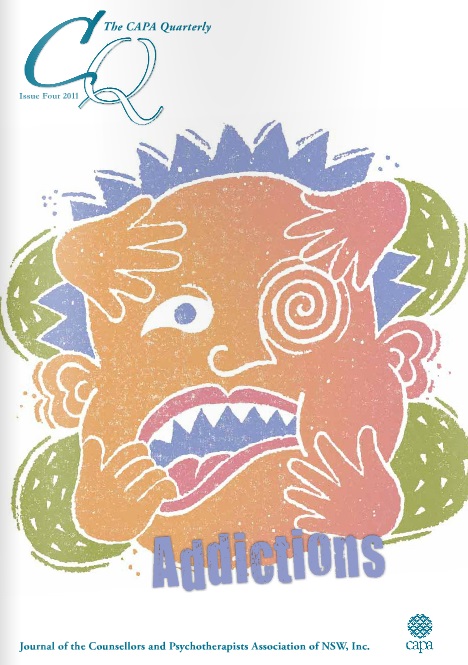




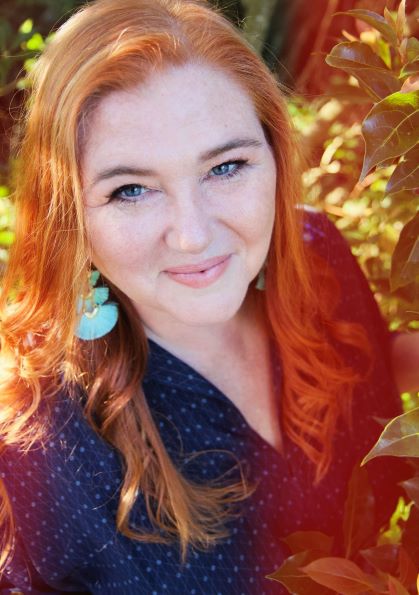
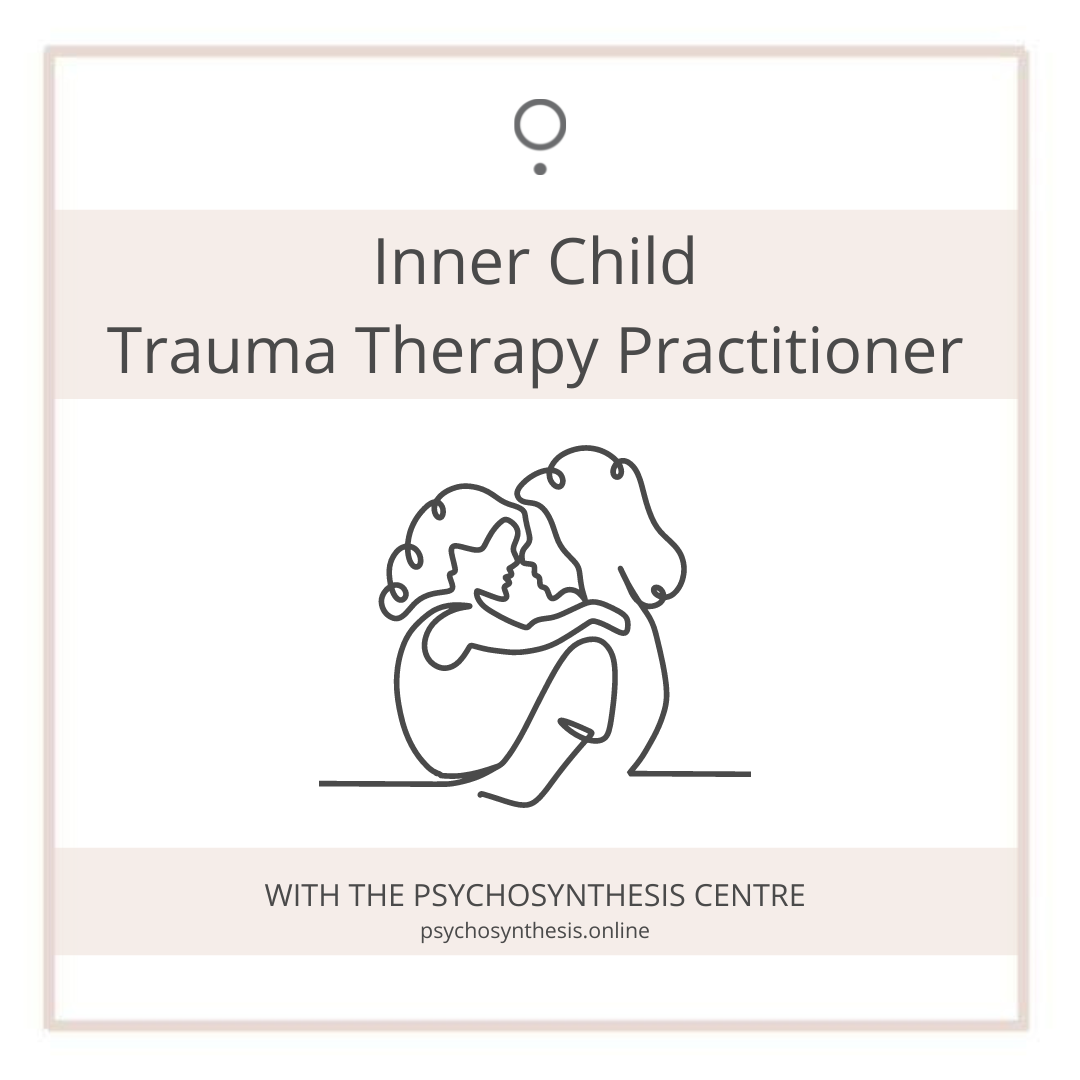
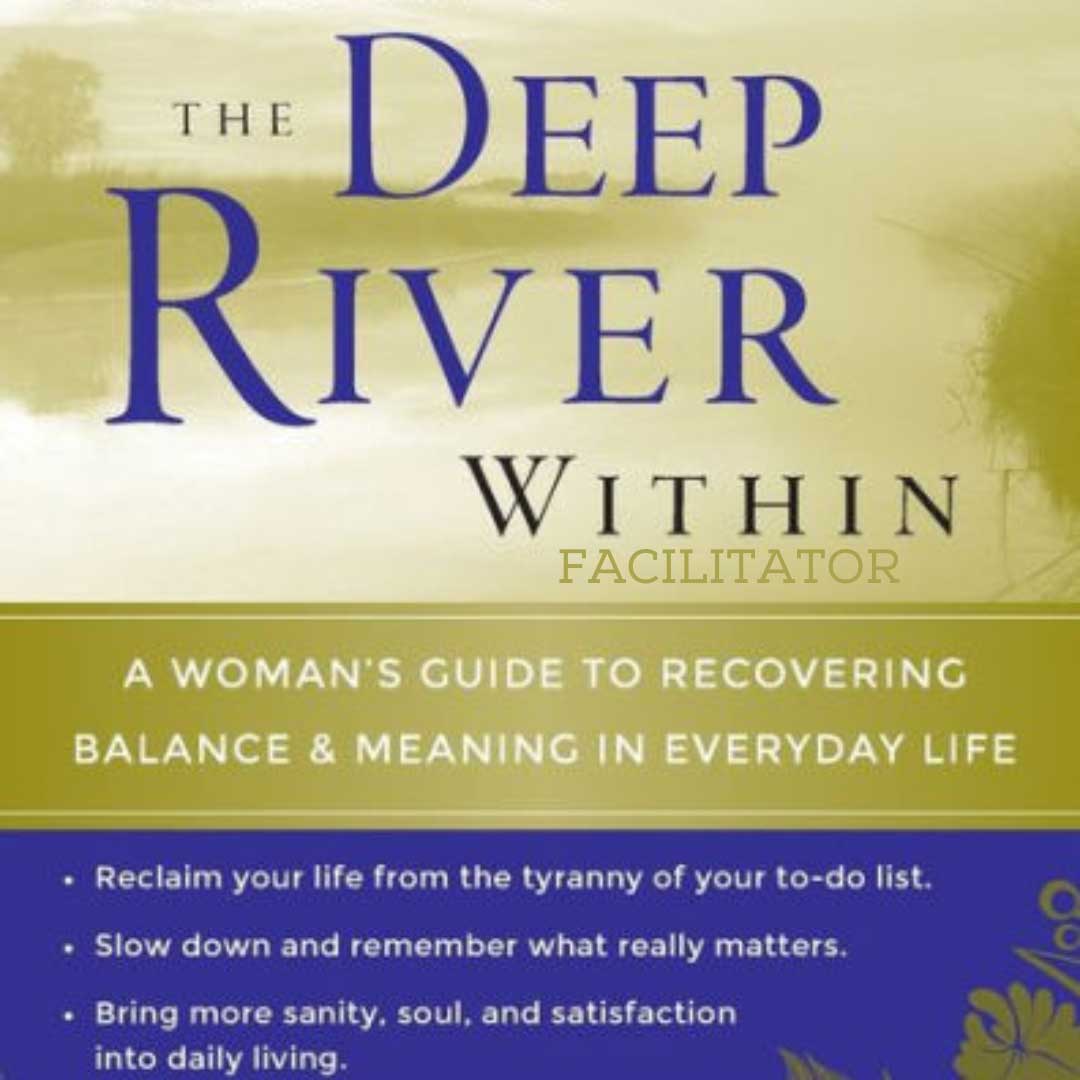
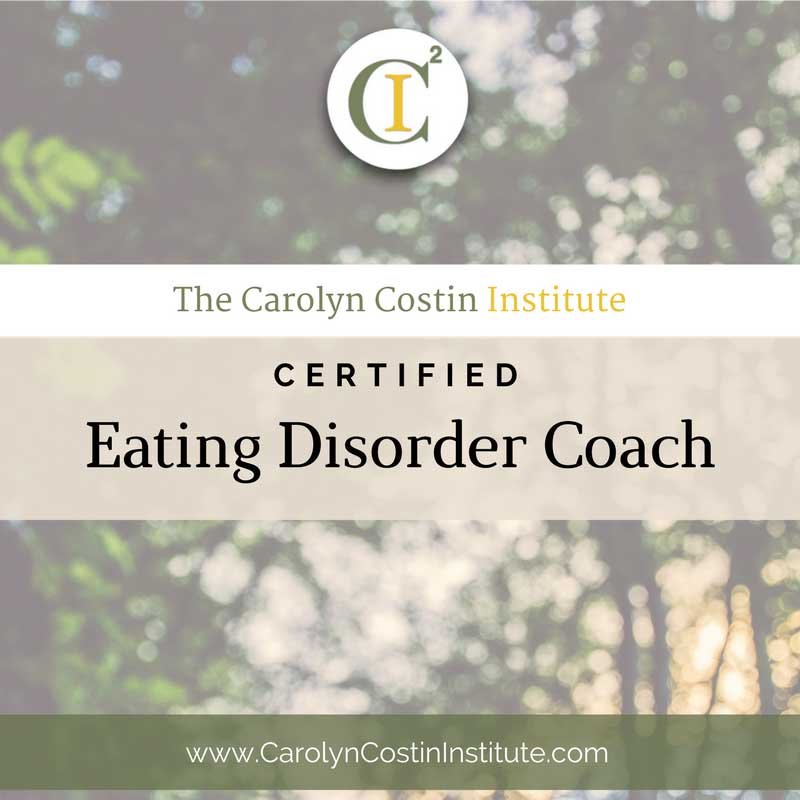
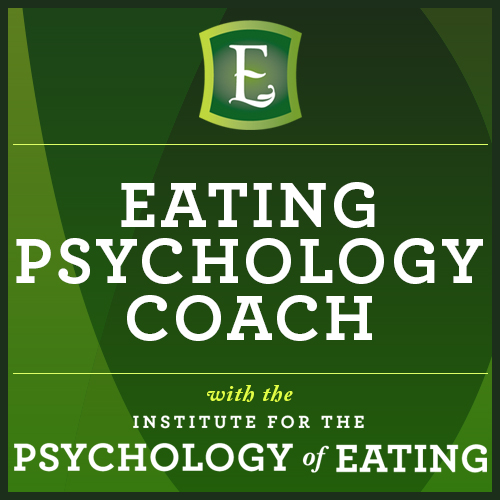
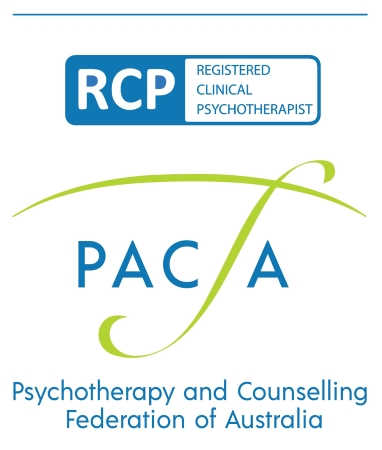


5 Responses
Hello, I love the approach you have to eating disorders and I would love to have therapy with your approach. But I live in San Francisco. Would you please be able to recommend anyone? I’m in need for really healing from the core some compulsive and addictive eating patterns
Thanks ??
Hi Sofia, Thanks for your message. Please email me at [email protected] and I’ll send you a contact in San Francisco X
This is a really great article. The part ‘ansearch for wholeness’ really spoke to me so I’ve ordered the Grof book. Thanks so much for what you do.